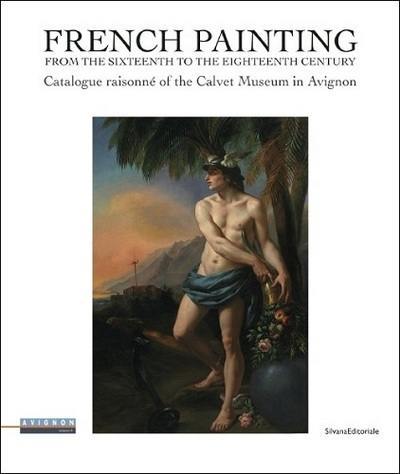
Paru le 01/06/2015 | Broché 367 pages
Tout public
French painting from the sixteenth to the eighteenth century
Catalogue raisonné of the Calvet Museum in Avignon
The Calvet Museum is the oldest and largest museum in Avignon. Since its creation in 1811 by Emperor Napoleon I, following bequests made by Doctor Calvet (1728-1810) to the town of Avignon of all of his collections, the institution committed itself to bringing together a diversity of productions of the human mind, in domains as diverse as Egyptology, Greek sculpture and ceramics, Latin coins and inscriptions, Coptic cloth, Islamic art, but also Southern French ironwork and silverware, thirteenth-to nineteenth-century sculpture, and not forgetting of course German, Flemish and Dutch, Italian, Spanish and French painting.
After eight years of work, Georges Brunel published here the results of vast and unequalled research on a key area of this collection : paintings kept in the Calvet Museum which had been carried out by French artists between 1530 and around 1810.
Three centuries of artistic production are represented, from the period in which Francis I, newly returned from his Italian dream, succeeded in implanting Renaissance humanism (a subject which fascinated him) into the nation, up until the short-lived apogee of an Empire built by another « Italian », Bonaparte. Four hundred paintings are described in this catalogue, bringing together both scholarliness and a stylistic elegance, in which the detailed information presented refuses to detract from the forceful evocation of a lost world (which we cannot help viewing without a nostalgic note), that of France in the sixteenth, seventeenth and eighteenth centuries.